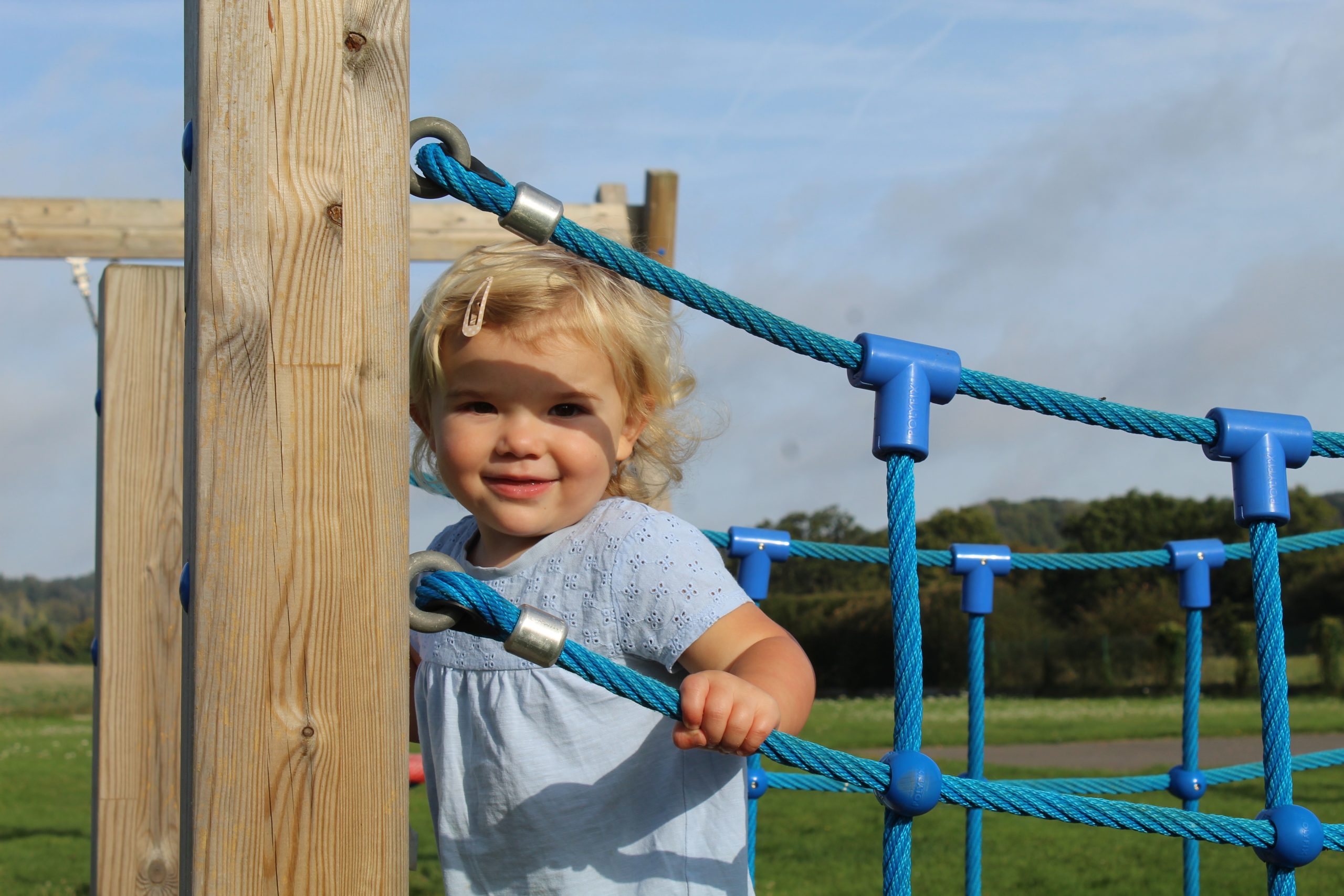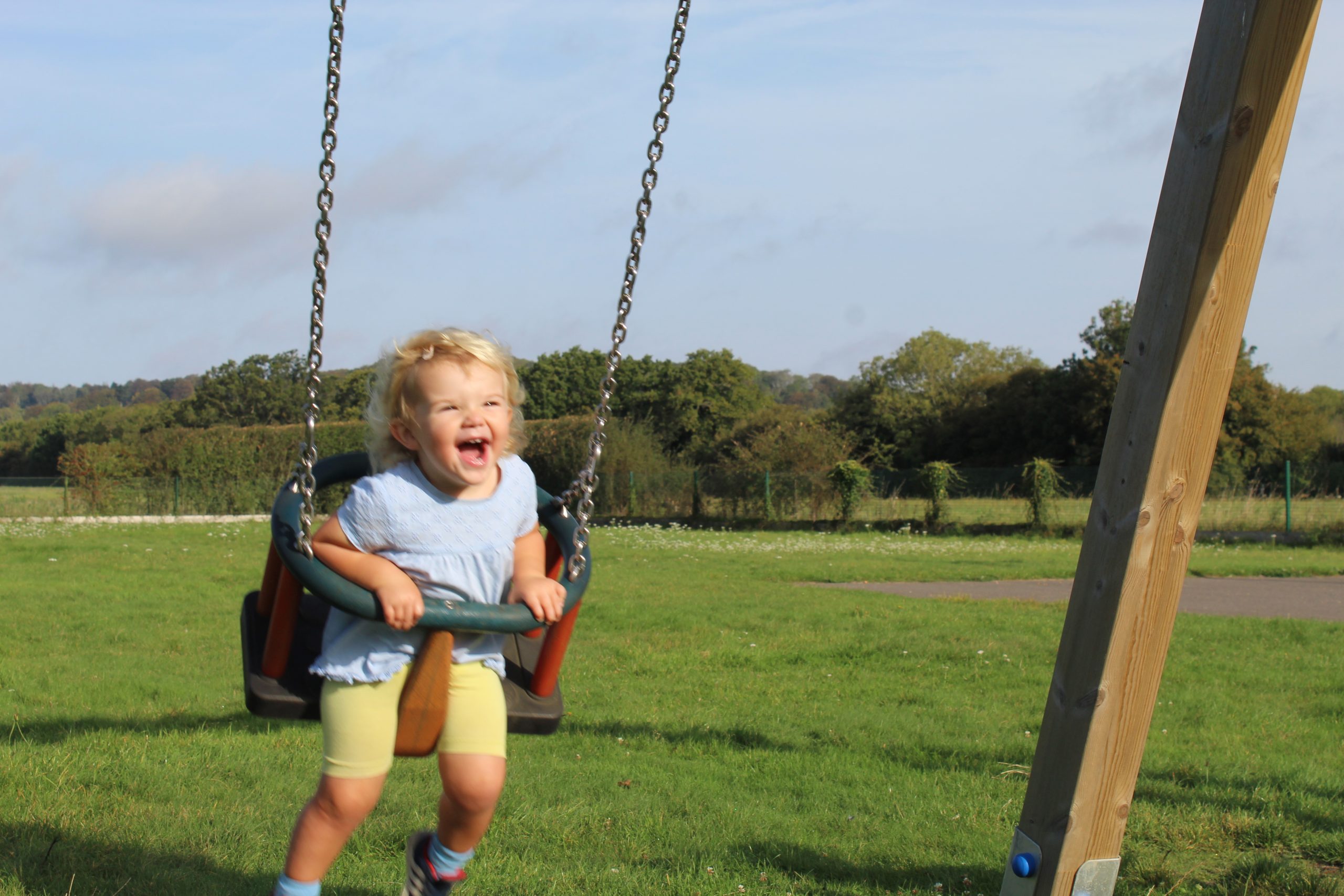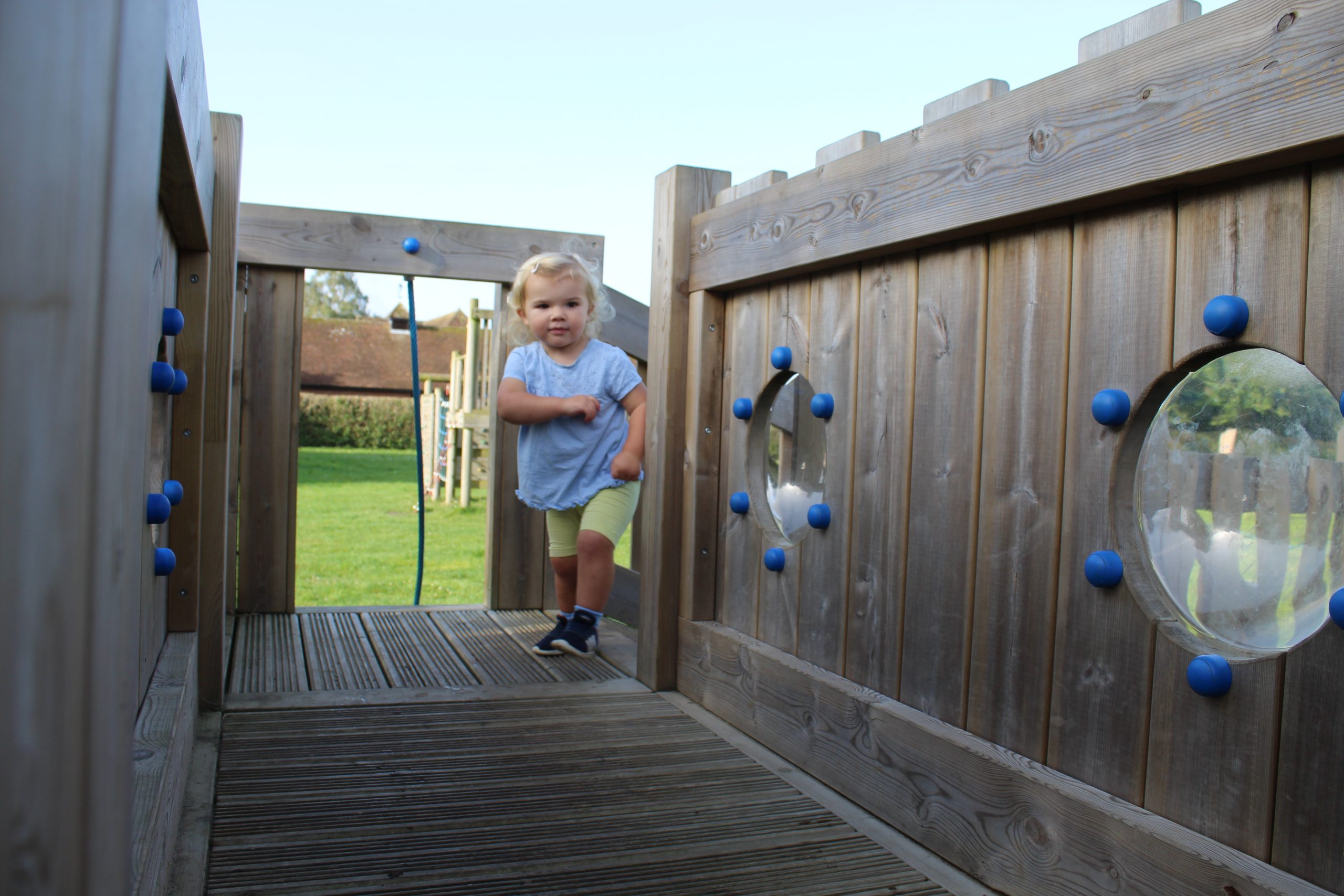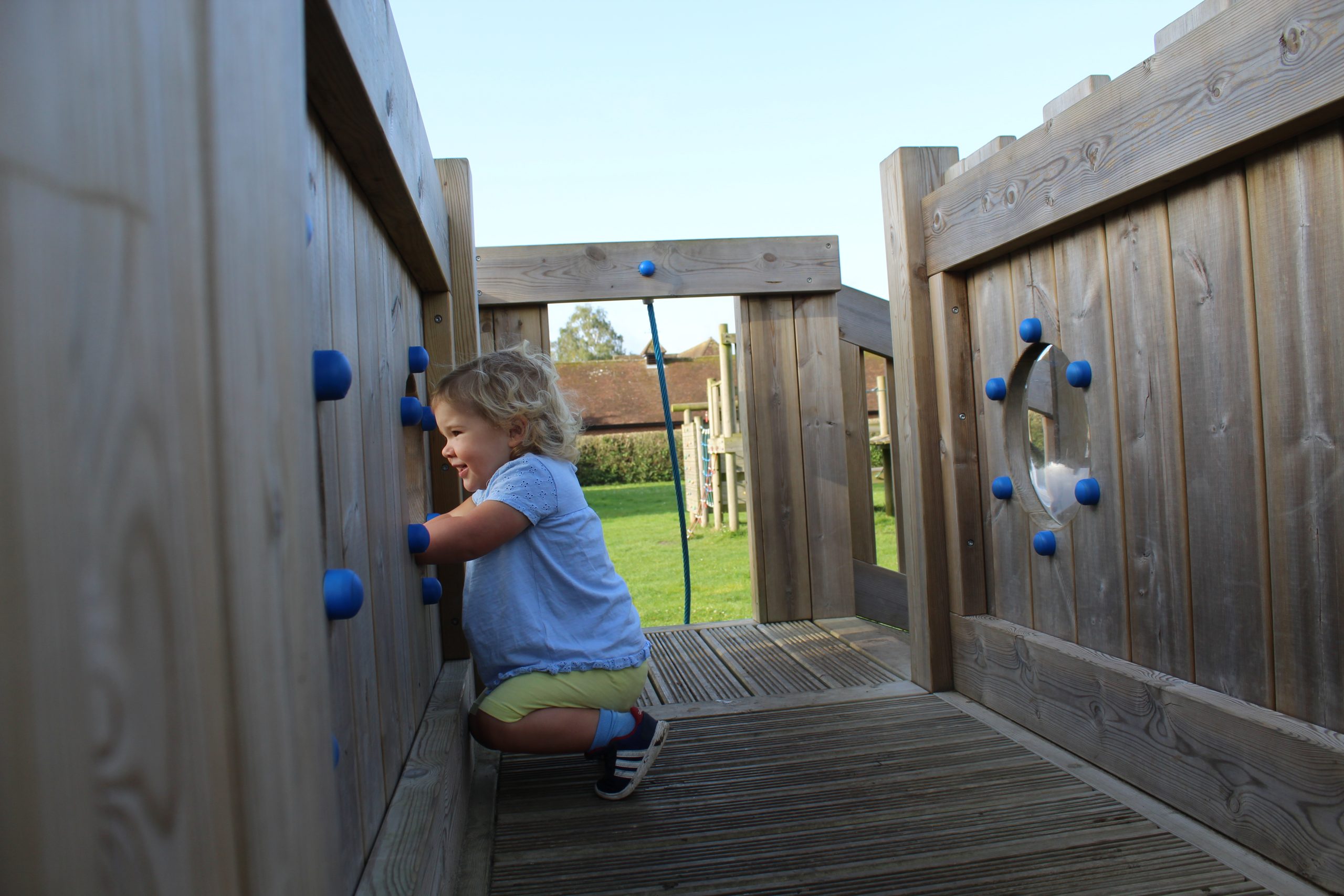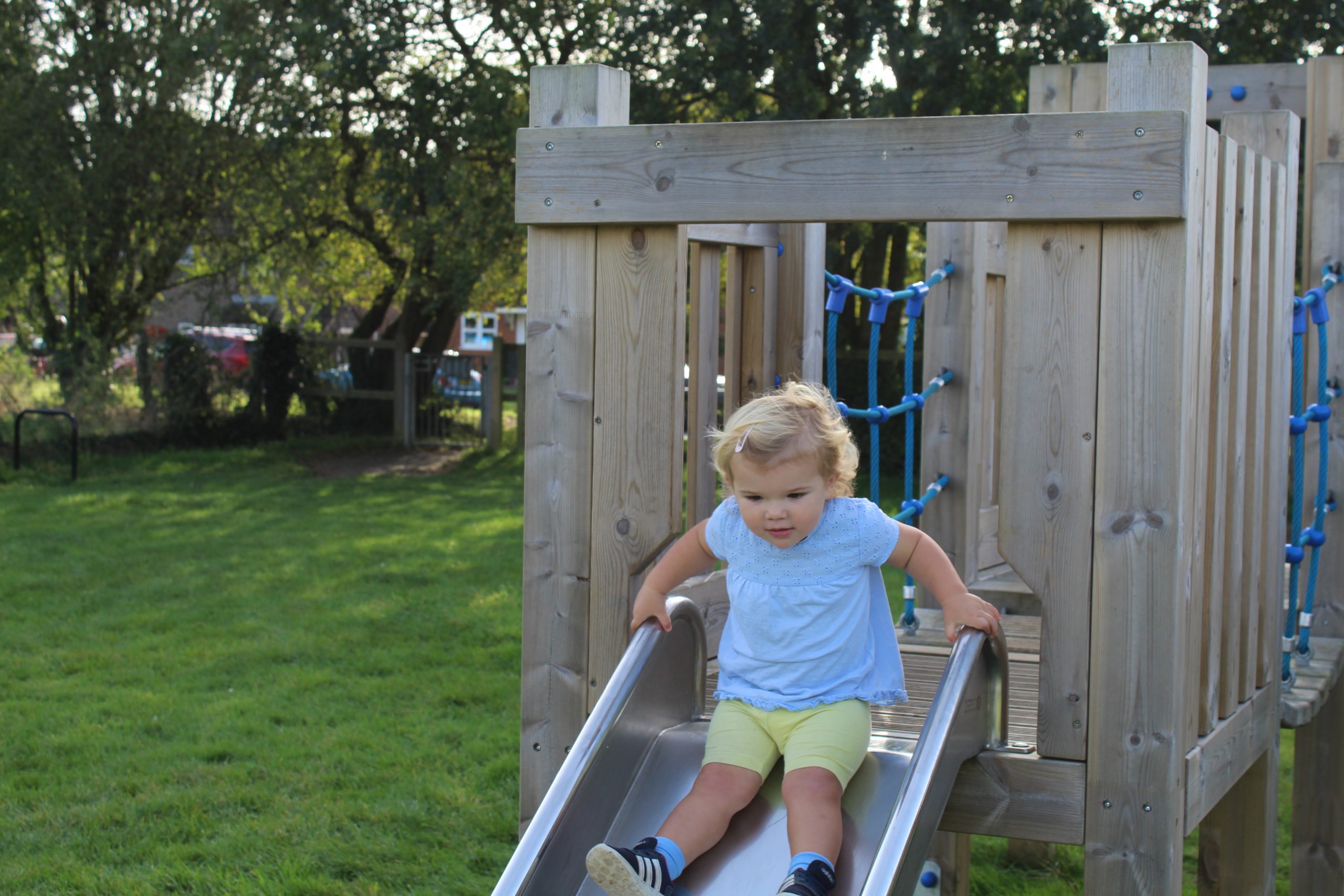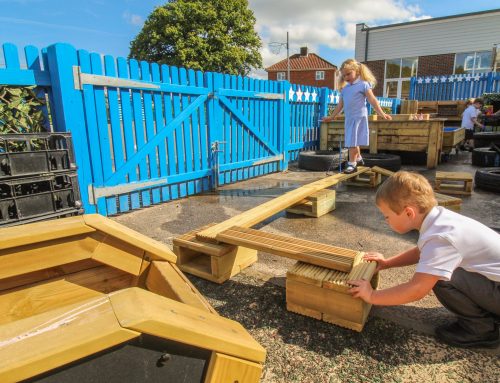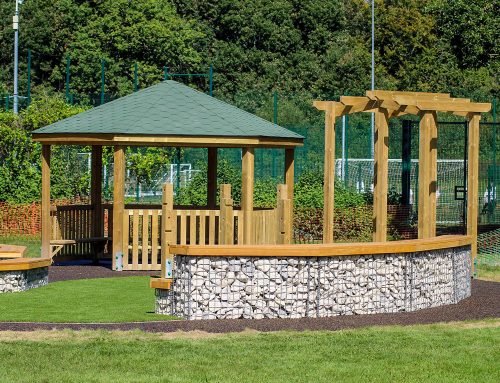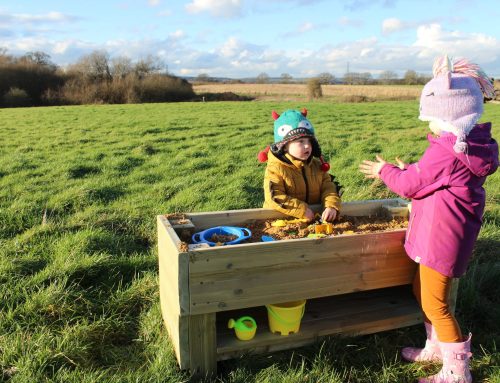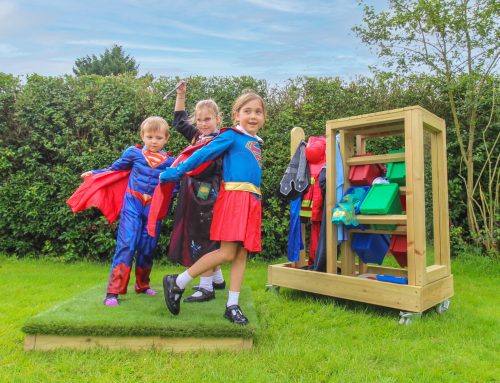In the vibrant world of toddlerhood, every step, every jump, and every exploration is an adventure. While it’s natural for parents and caregivers to prioritize safety, there’s a growing recognition of the importance of allowing toddlers to take risks. In this blog, we’ll delve into the reasons why encouraging risk-taking is essential for the holistic development of our little ones.
The Developmental Importance of Risk-Taking:
- Building Confidence: Allowing toddlers to take risks, whether it’s climbing a small structure or navigating uneven terrain, fosters a sense of accomplishment. These small victories contribute to the development of confidence, helping toddlers tackle new challenges with enthusiasm.
- Motor Skill Development: Risk-taking activities, such as climbing, jumping, or balancing, are fundamental for the development of gross and fine motor skills. These activities enhance coordination, strength, and spatial awareness, laying the groundwork for physical competence.
- Cognitive Growth: Risk-taking prompts toddlers to think and problem-solve in real-time. As they navigate obstacles or decide how to approach a challenge, they engage in cognitive processes that contribute to the development of critical thinking skills.
- Emotional Resilience: Experiencing manageable risks allows toddlers to develop emotional resilience. Learning to cope with minor bumps and falls teaches them to assess situations, manage emotions, and bounce back from setbacks—an invaluable skill for navigating life’s challenges.
- Social Skills: Risk-taking often occurs in social settings, such as group play or interaction with peers. These experiences contribute to the development of social skills, including cooperation, negotiation, and communication, as toddlers learn to navigate shared spaces and activities.
Practical Ways to Encourage Safe Risk-Taking:
- Nature Exploration: Nature provides a diverse and stimulating environment for safe risk-taking. Allow toddlers to explore uneven terrain, climb gentle slopes, or navigate through natural elements like rocks and fallen branches.
- Structured Climbing Activities: Provide age-appropriate climbing structures and play equipment. These structures offer a controlled environment for toddlers to practice climbing and balancing, promoting physical development and confidence.
- Messy Play: Activities involving messy play, such as finger painting, mud play, or water play, allow toddlers to experiment and take calculated risks. These experiences not only stimulate the senses but also encourage creativity and exploration.
- Supervised Obstacle Courses: Create simple obstacle courses with cushions, tunnels, or low platforms. Supervise toddlers as they navigate these courses, offering support and guidance when needed. This promotes physical activity and problem-solving skills.
- Encouraging Exploration: Foster a sense of curiosity by encouraging toddlers to explore their surroundings. Let them investigate textures, shapes, and objects within safe boundaries, promoting a sense of wonder and discovery.
While the instinct to protect toddlers from harm is natural, it’s equally important to recognize the developmental benefits of allowing them to take risks. By striking a balance between safety and exploration, we empower toddlers to become confident, resilient, and competent individuals. As toddlers embark on their journey of self-discovery, the risks they take today become the stepping stones for their future growth and success. So, let’s embrace the tiny trailblazers in our lives and celebrate the boundless potential that comes with safe risk-taking in the early years.

